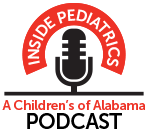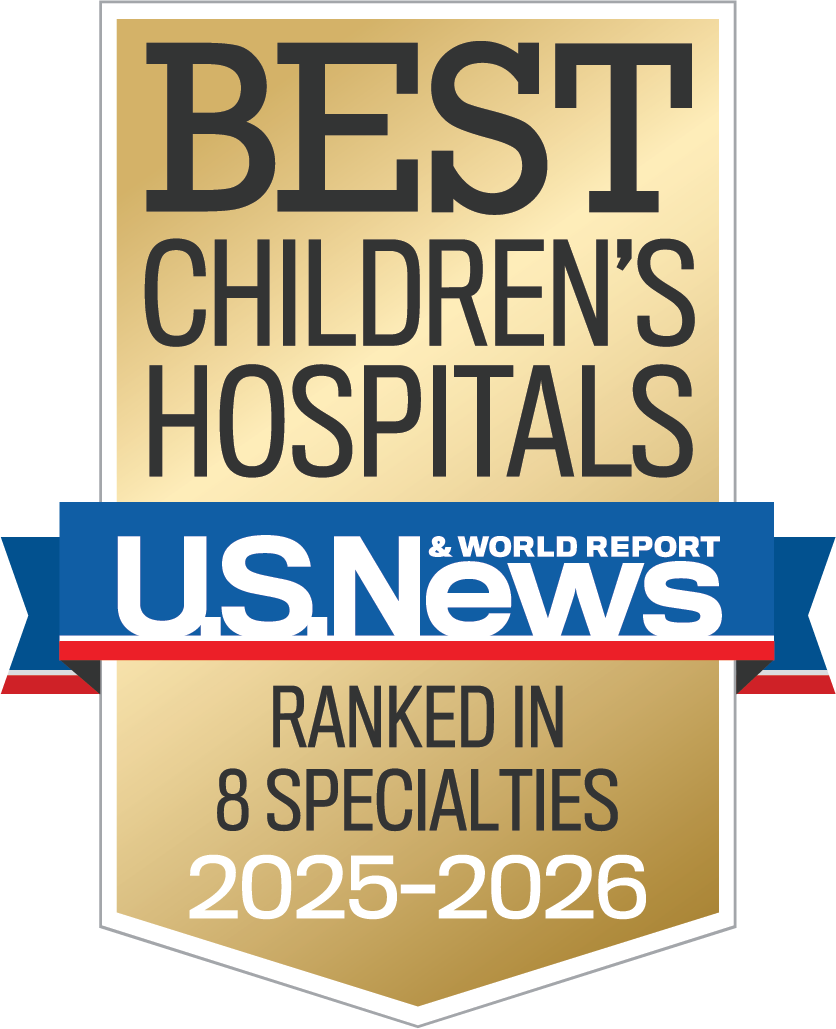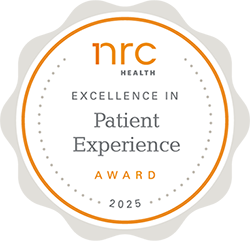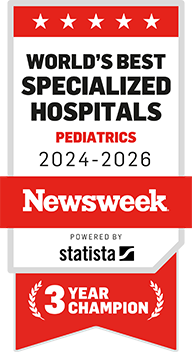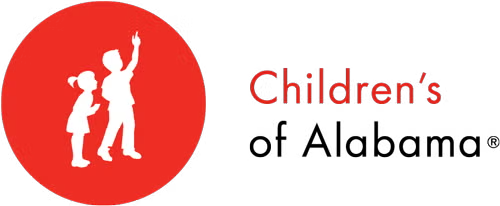What to Expect
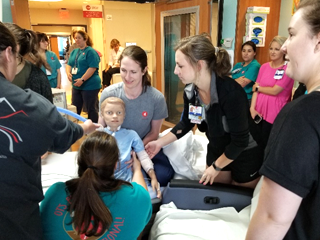
The Pediatric Simulation Center provides learners with the opportunity to build knowledge, practice skills, and enhance teamwork, ultimately improving care for our patients and their families. We strive to make our simulation scenarios as realistic as possible using the latest technology. During your simulation session, you may encounter a simulated patient, simulated healthcare team members and possibly simulated family members. Throughout the session, you are encouraged to treat it as a real situation and fully immerse yourself in the scenario.
We hold a basic assumption for every learner that visits our center:
Everyone participating in activities at the Children’s of Alabama Pediatric Simulation Center is intelligent, well-trained, and dedicated to improve their care for children.
It is important to understand the capabilities of our manikins before you visit the center for you to make the most of your learning experience. The sections below give specific information related to manikin capabilities and typical scenarios.
Adapted with permission from the Center for Medical Simulation
